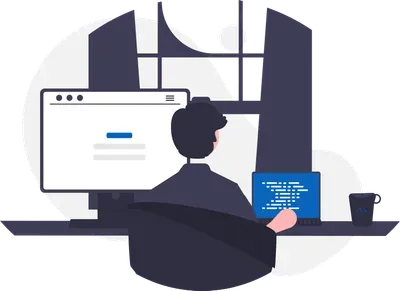MVP Development
Our MVP development service focuses on creating a product with only the essential features needed for a successful launch.
We target early adopters who are more likely to provide valuable feedback and help refine your vision. This approach minimizes the risk of building unwanted products and maximizes insights about your customers, all while keeping costs low.
Let us help you validate your ideas and move forward with confidence!

How we build MVP's
When developing an MVP, simplicity is key, but it's equally important to ensure the application is easily expandable without major refactoring. Early-stage startups can't afford to waste funds on debugging tightly coupled code or spending excessive time on custom authentication. It's crucial to focus resources on delivering one or two core features that are robust and bug-free.
At Terabyte Labs we've developed a MVP blueprint that can be applied to almost any kind of startup imaginable using a very simple tech stack - Astro and PocketBase
Types of applications we build
When we develop an MVP, we begin with a blank slate, allowing us to create virtually any type of application - from simple solutions to complex systems. Whatever your vision, we can bring it to life!
- SaaS Applications
- Online booking systems
- Data extraction and transformation
- Logistics software
- Online directories
- Internet of Things
- Manufacturing and inventory systems
- etc...

